
Joseph Mallord William Turner, known in his time as William Turner, was an English Romantic painter, printmaker and watercolourist. He is known for his expressive colouring, imaginative landscapes and turbulent, often violent marine paintings. He left behind more than 550 oil paintings, 2,000 watercolours, and 30,000 works on paper. He was championed by the leading English art critic John Ruskin from 1840, and is today regarded as having elevated landscape painting to an eminence rivalling history painting.

John Sell Cotman was an English marine and landscape painter, etcher, illustrator, and a leading member of the Norwich School of painters.

Richard Wilson was an influential Welsh landscape painter, who worked in Britain and Italy. With George Lambert he is recognised as a pioneer in British art of landscape for its own sake and was described in the Welsh Academy Encyclopedia of Wales as the "most distinguished painter Wales has ever produced and the first to appreciate the aesthetic possibilities of his country". In December 1768 Wilson became one of the founder-members of the Royal Academy. A catalogue raisonné of the artist's work compiled by Paul Spencer-Longhurst is published by the Paul Mellon Centre for Studies in British Art.

George Stubbs was an English painter, best known for his paintings of horses. Self-trained, Stubbs learnt his skills independently from other great artists of the 18th century such as Reynolds and Gainsborough. Stubbs' output includes history paintings, but his greatest skill was in painting animals, perhaps influenced by his love and study of anatomy. His series of paintings on the theme of a lion attacking a horse are early and significant examples of the Romantic movement that emerged in the late 18th century. He enjoyed royal patronage. His painting, Whistlejacket hangs in the National Gallery, London.
The Norwich School of painters was the first provincial art movement established in Britain, active in the early 19th century. Artists of the school were inspired by the natural environment of the Norfolk landscape and owed some influence to the work of landscape painters of the Dutch Golden Age such as Hobbema and Ruisdael.
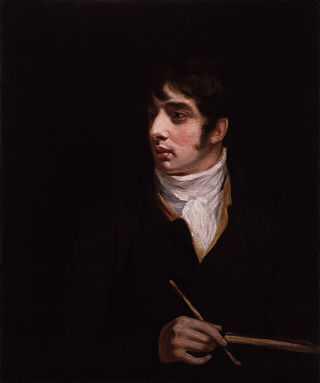
Thomas Girtin was an English watercolourist and etcher. A friend and rival of J. M. W. Turner, Girtin played a key role in establishing watercolour as a reputable art form.

Paul Mellon was an American philanthropist and an owner/breeder of thoroughbred racehorses. He is one of only five people ever designated an "Exemplar of Racing" by the National Museum of Racing and Hall of Fame. He was co-heir to one of America's greatest business fortunes, derived from the Mellon Bank created by his grandfather Thomas Mellon, his father Andrew W. Mellon, and his father's brother Richard B. Mellon. In 1957, when Fortune prepared its first list of the wealthiest Americans, it estimated that Paul Mellon, his sister Ailsa Mellon-Bruce, and his cousins Sarah Mellon and Richard King Mellon, were all among the richest eight people in the United States, with fortunes of between US$400 and 700million each.

The Yale Center for British Art at Yale University in central New Haven, Connecticut, houses the largest and most comprehensive collection of British art outside the United Kingdom. The collection of paintings, sculpture, drawings, prints, rare books, and manuscripts reflects the development of British art and culture from the Elizabethan period onward.
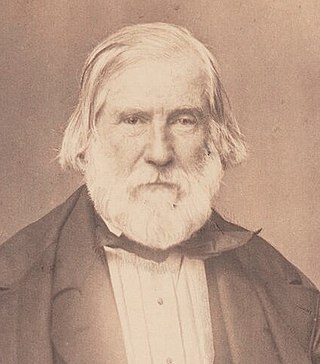
Francis Danby was an Irish painter of the Romantic era. His imaginative, dramatic landscapes were comparable to those of John Martin. Danby initially developed his imaginative style while he was the central figure in a group of artists who have come to be known as the Bristol School. His period of greatest success was in London in the 1820s.

George Vincent was an English landscape painter who produced watercolours, etchings and oil paintings. He is considered by art historians to be one of the most talented of the Norwich School of painters, a group of artists connected by location and personal and professional relationships, who were mainly inspired by the Norfolk countryside. Vincent's work was founded on the Dutch school of landscape painting as well as the style of John Crome, also of the Norwich School. The school's reputation outside East Anglia in the 1820s was based largely upon the works of Vincent and his friend James Stark.
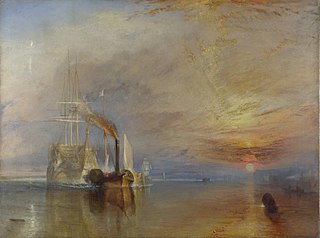
The Fighting Temeraire, tugged to her last berth to be broken up, 1838 is an oil-on-canvas painting by the English artist Joseph Mallord William Turner, painted in 1838 and exhibited at the Royal Academy in 1839.
Michael William Lely Kitson was a British art historian who became an international authority on the work of the painter Claude Lorrain.
Mary Gartside was an English water colourist and colour theorist. She published three books between 1805 and 1808. In chronological and intellectual terms Mary Gartside can be regarded an exemplary link between Moses Harris, who published his short but important Natural System of Colours around 1766, and Johann Wolfgang von Goethe’s highly influential theory Zur Farbenlehre, first published in 1810. Gartside's colour theory was published privately under the disguise of a traditional water colouring manual. She is the first recorded woman known to have published a theory of colour.

The Fountain of Indolence is an oil painting by the English artist J. M. W. Turner. First exhibited in 1834, it is now in the collection of the Beaverbrook Art Gallery in Fredericton, New Brunswick, Canada.

Snow Storm, or Snow Storm: Steam-Boat off a Harbour's Mouth, is a painting by English artist Joseph Mallord William Turner (1775–1851) from 1842.
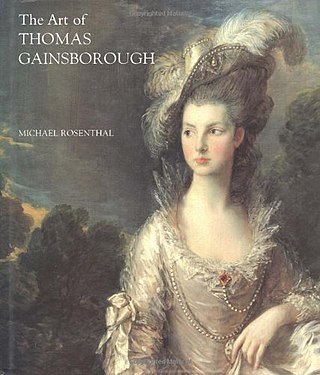
Michael J. Rosenthal is emeritus professor of the history of art at the University of Warwick. He is a specialist both in British art and culture of the eighteenth and early nineteenth centuries, and the arts of early colonial Australia.
Judith Emilie Egerton was an Australian-born British art historian and curator. She specialised in eighteenth-century British art and, particularly, the work of George Stubbs.

Fishermen at Sea, sometimes known as the Cholmeley Sea Piece, is an early oil painting by English artist J. M. W. Turner. It was exhibited at the Royal Academy in 1796 and has been owned by the Tate Gallery since 1972. It was the first oil painting by Turner to be exhibited at the Royal Academy. It was praised by contemporary critics and burnished Turner's reputation, both as an oil painter and as a painter of maritime scenes.
Adolph Paul Oppé, was a British art historian, critic, art collector and museum official. Born in London, the son of a silk merchant, he was educated at Charterhouse, the University of St Andrews, and New College, Oxford. From 1902–1905 he taught Greek and ancient history at the universities of St Andrews and Edinburgh, and from 1905–1938 worked as a civil servant in the Board of Education. He also served as Deputy Director of the Victoria & Albert Museum. Oppé was elected as a Fellow of the British Academy in 1952.
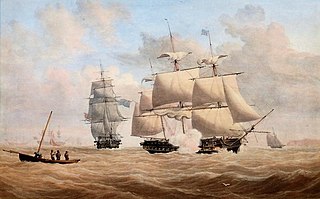
The brothers John Cantiloe Joy, and William Joy, were English marine artists, who lived and worked together. They belonged to the Norwich School of painters, considered to be a unique phenomenon in the history of British art and the most important school of painting of 19th century England.















